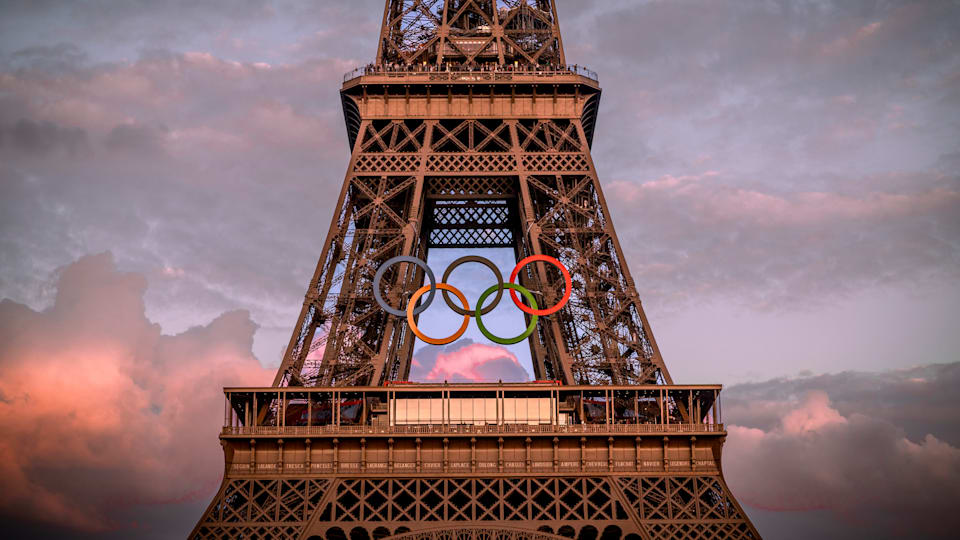Olympic rings - Symbol of the Olympic Movement

The Olympic symbol – widely known throughout the world as the Olympic rings – is the visual ambassador of olympism for billions of people.
Based on a design first created by Pierre de Coubertin, the Olympic rings remain a global representation of the Olympic Movement and its activity.
Definition and meaning
These five rings represent the five parts of the world now won over to the cause of Olympism and ready to accept its fecund rivalries. What is more, the six colors thus combined reproduce those of all nations without exception.
History of the Olympic rings
Official version of the Olympic rings
Today, there are seven official versions of the Olympic rings.
The full-colour version on its white background is the preferred version of the Olympic rings. Indeed, the full-colour Olympic rings are the embodiment of Pierre de Coubertin’s original vision; “full-colour” refers to the six Olympic colours – blue, yellow, black, green and red on a white background – which symbolise Olympism’s universality.
The monochrome Olympic rings provide an alternative to the full-colour Olympic rings. The Olympic rings may appear in any of the six official Olympic colours when necessary.
Link to Olympic properties
The Olympic rings are a cornerstone of the Olympic properties, which comprise a variety of assets: the Olympic symbol, flag, motto, anthem, identifications (including but not limited to “Olympic Games” and “Games of the Olympiad”), designations, emblems, flame and torches (…) may, for convenience, be collectively or individually referred to as “Olympic properties”. (Olympic Charter)
Use and rights
All rights to the Olympic properties, as well as all rights to the use thereof, belong exclusively to the IOC, including but not limited to the use for any profit-making, commercial or advertising purposes.
The Olympic symbol and the Olympic properties must be used only with the express prior written consent of the IOC.
Guidelines are available to provide direction for the use of the Olympic symbol by the Olympic Movement and its authorised stakeholders. They aim to preserve the integrity and authority of the Olympic symbol while ensuring its visibility and inclusiveness.
For further information on the Olympic rings and the Olympic properties, please refer to the FAQ section on this site.